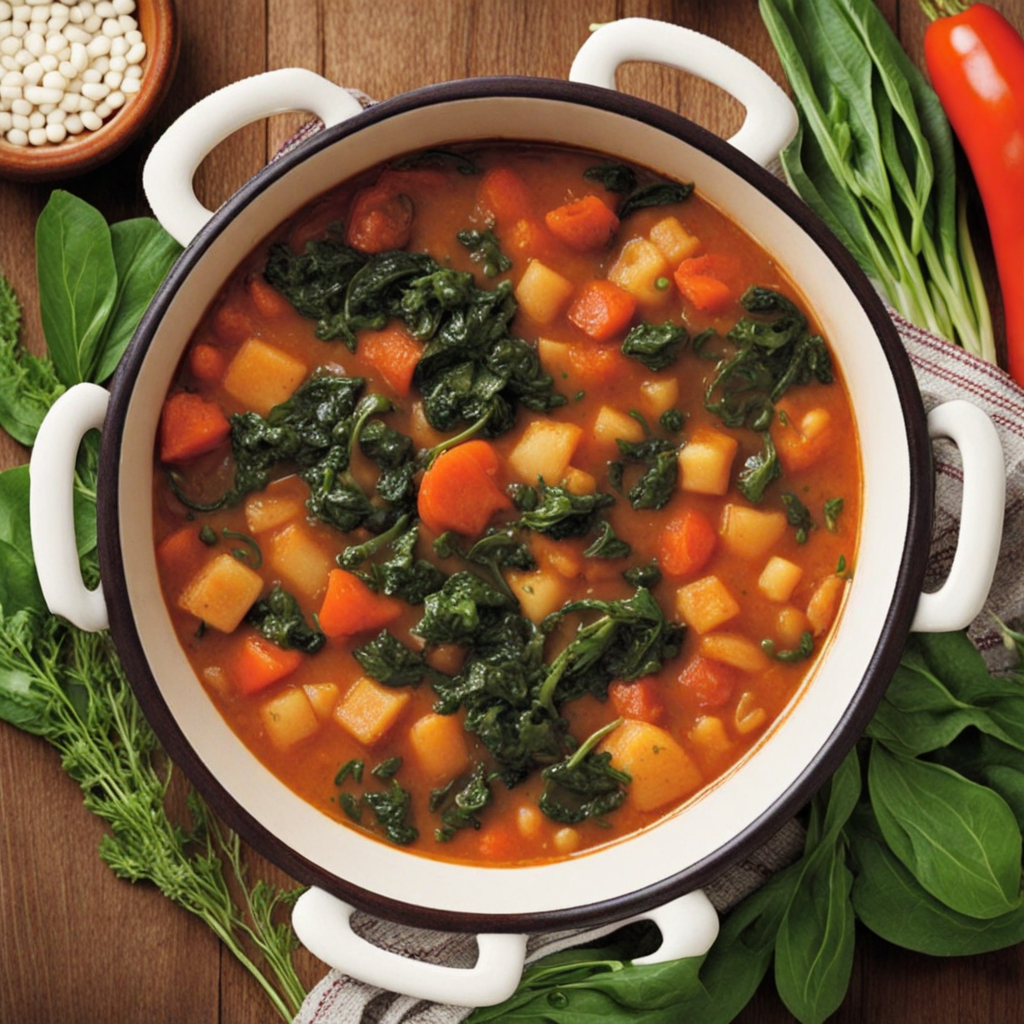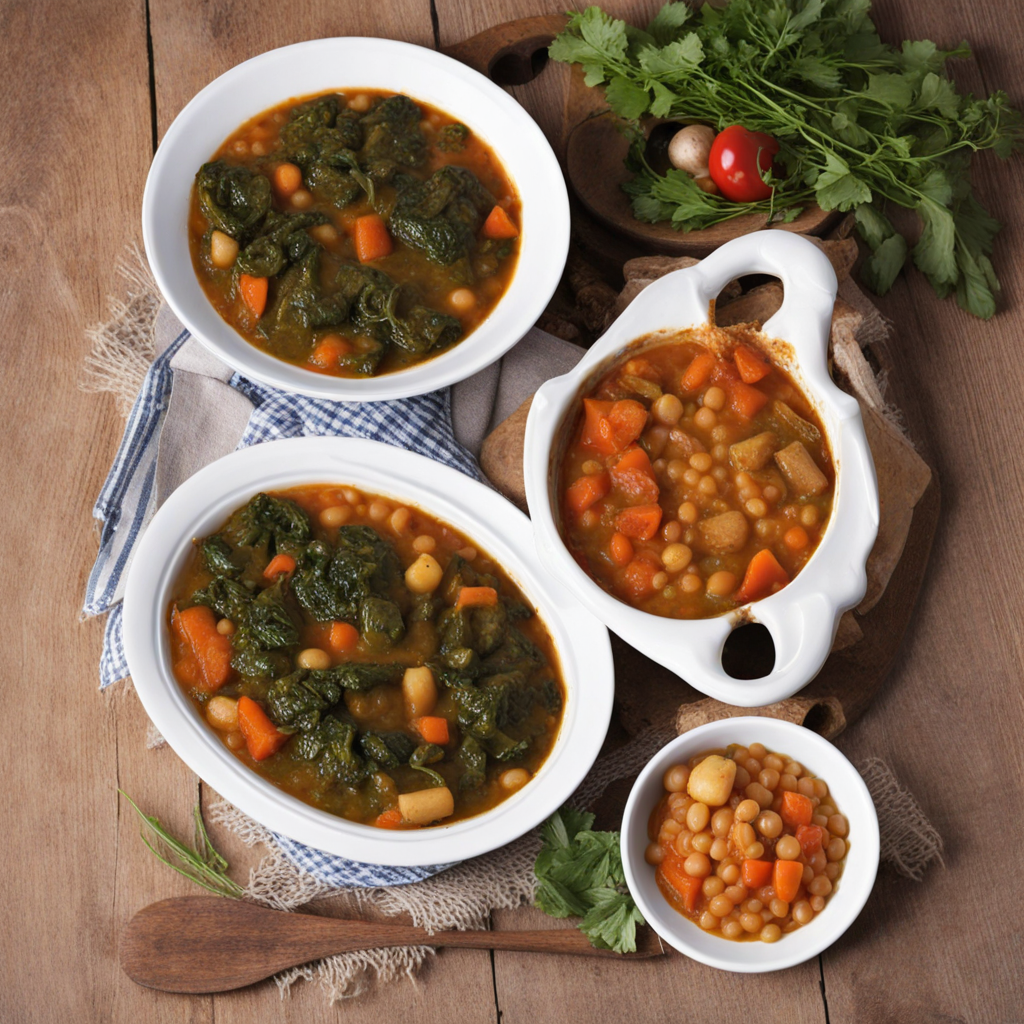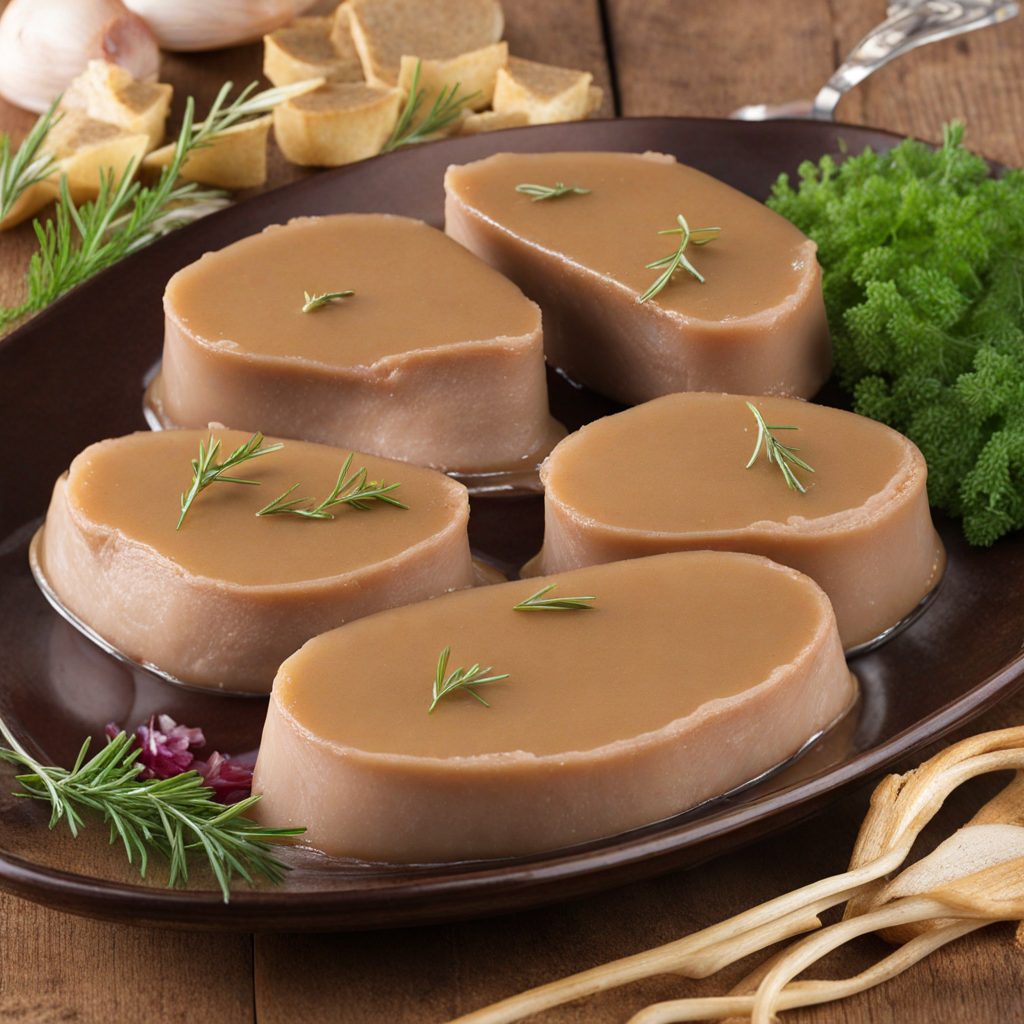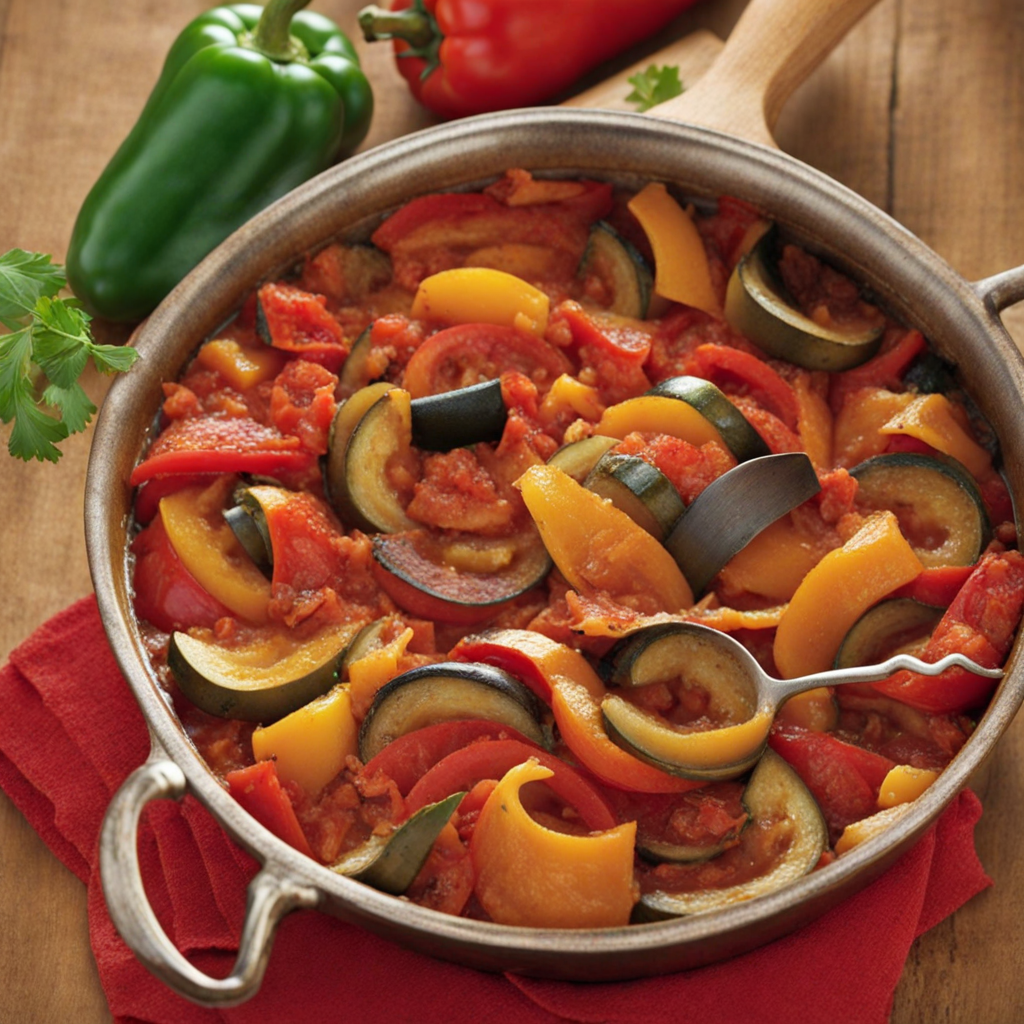Főzelék
Főzelék is a traditional Hungarian dish that exemplifies the country's rustic culinary roots, often described as a thick vegetable stew or puree. Made primarily from seasonal vegetables such as potatoes, peas, beans, or lentils, it is typically cooked down to a creamy consistency. Unlike soups, which are broth-based, főzelék offers a hearty, comforting alternative that embodies the essence of home cooking. Each region in Hungary has its own variations, with locals often adding unique herbs and spices to enhance the flavor profile, creating a dish that is both versatile and deeply satisfying. The preparation of főzelék usually begins with sautéing onions and garlic in oil or lard, which forms the aromatic base of the dish. Once the onions are translucent, the chosen vegetables are added, accompanied by a blend of spices such as paprika, caraway seeds, and a hint of vinegar for acidity. The mixture is then simmered until the vegetables soften and meld together, resulting in a rich, vibrant color. For those who prefer a creamier texture, a splash of sour cream or a sprinkle of flour can be incorporated, making it even more indulgent and flavorful. Főzelék is often enjoyed as a stand-alone meal or served as a side dish alongside meat dishes, such as fried or roasted meats. Its comforting, filling nature makes it a popular choice in Hungarian households, especially during the colder months. Eating főzelék is not just about savoring its unique taste; it's also an experience steeped in tradition, bringing to life the simple yet profound connection between food and family. With its earthy flavors and satisfying texture, főzelék is a delightful dish that invites food lovers to explore the heart of Hungarian cuisine.
How It Became This Dish
Főzelék: A Culinary Journey Through Hungary Főzelék, a quintessential dish of Hungarian cuisine, is a simple yet rich vegetable stew that reflects the heart and soul of the country’s culinary traditions. It is a dish that not only nourishes the body but also serves as a medium for cultural expression, highlighting the agricultural bounty and the communal spirit of Hungarian dining. To understand the significance of főzelék, one must delve into its origins, cultural importance, and its evolution through the ages. #### Origins: A Culinary Foundation The roots of főzelék can be traced back to the agricultural practices of the Hungarian people, particularly in the 19th century. The word itself comes from the Hungarian verb "főzni," which means "to boil," indicating the dish's preparation method. Traditionally, főzelék has been made with a variety of vegetables, including potatoes, peas, beans, and various greens, often thickened with flour or roux. This versatility reflects the agrarian lifestyle of Hungary, where the changing seasons dictate the availability of fresh produce. In the early days, főzelék was a humble peasant dish, crafted from whatever vegetables were in season or available from the local market. It became a staple during the harsh winters, providing sustenance and warmth. The dish exemplifies the "farm-to-table" philosophy long before it became a contemporary culinary trend, as it utilized local ingredients and minimized waste. #### Cultural Significance: More Than Just a Meal Főzelék is more than just a dish; it embodies the communal spirit of Hungarian culture. It is often served in family settings, where large pots are placed in the center of the table, allowing everyone to partake in the meal. This practice fosters a sense of togetherness and sharing, which is a core value in Hungarian society. Moreover, főzelék has found its place in the context of Hungary's complex history. The dish has been adapted and modified through various influences, including Ottoman, Austrian, and even Jewish culinary traditions. Each of these cultures contributed to the evolution of főzelék, enriching it with diverse flavors and techniques. For instance, the addition of spices or the use of sour cream as a garnish reflects the melding of different cultural practices within the Hungarian kitchen. Főzelék is also a symbol of resilience. During difficult historical periods, such as World War II and the subsequent communist regime, the dish provided a way for families to stretch limited resources. Its adaptability allowed cooks to modify recipes based on what they had available, reinforcing the idea that comfort food can also be frugal. In this way, főzelék became a comfort food that transcended social classes, enjoyed by both peasants and the bourgeoisie alike. #### Development Over Time: A Dish in Transition As Hungary moved into the 20th century, főzelék began to evolve further. The industrialization of agriculture and the advent of modern cooking methods introduced new ingredients and preparation techniques. The post-war era saw a shift in dietary habits, with a growing emphasis on convenience foods. Nevertheless, traditional főzelék remained a beloved staple in many Hungarian households. In contemporary Hungary, főzelék has been reinterpreted in various ways. While the classic versions still hold a special place in the hearts of many, chefs and home cooks alike have started experimenting with global ingredients, introducing flavors and textures that were once uncommon in traditional Hungarian cuisine. For instance, the use of quinoa or lentils in place of more conventional vegetables showcases a modern twist on this classic dish. Another noteworthy development is the rise of vegetarianism and veganism. As these dietary choices have gained popularity, főzelék has adapted accordingly. Many modern recipes emphasize plant-based ingredients, showcasing the dish's inherent versatility. This evolution has further entrenched főzelék as a dish that can cater to contemporary dietary preferences while maintaining its cultural roots. #### Főzelék in the Modern Culinary Scene Today, főzelék remains a beloved dish in Hungary and among Hungarian communities worldwide. It is often featured in restaurants, food festivals, and family gatherings, serving as a reminder of the nation’s rich culinary heritage. Chefs take pride in offering their interpretations of főzelék, often highlighting seasonal vegetables and innovative cooking techniques. Moreover, the dish has found its way into the broader European culinary scene, becoming a symbol of comfort and nostalgia for those who have roots in Hungary. Food bloggers and culinary enthusiasts have taken to social media to share their versions of főzelék, elevating the dish's profile and introducing it to new audiences. The Hungarian government and various cultural organizations have also recognized the importance of preserving traditional dishes like főzelék. Initiatives aimed at promoting Hungarian gastronomy have gained momentum, showcasing the country's rich culinary heritage as part of its cultural identity. #### Conclusion: A Dish of the People Főzelék is not merely a dish; it is a narrative of Hungary itself—a tale of resilience, adaptation, and communal spirit. From its humble beginnings as a peasant food to its status as a cherished staple in modern Hungarian cuisine, főzelék encapsulates the changing landscape of culinary traditions while remaining deeply rooted in the heart of Hungarian culture. As the world continues to evolve, so too will főzelék, adapting to new tastes and preferences while retaining its essence. It stands as a testament to the power of food in bridging generations, preserving history, and fostering a sense of belonging. In every bowl of főzelék, there lies a story waiting to be shared, a connection to the land, and a celebration of the enduring spirit of the Hungarian people.
You may like
Discover local flavors from Hungary







